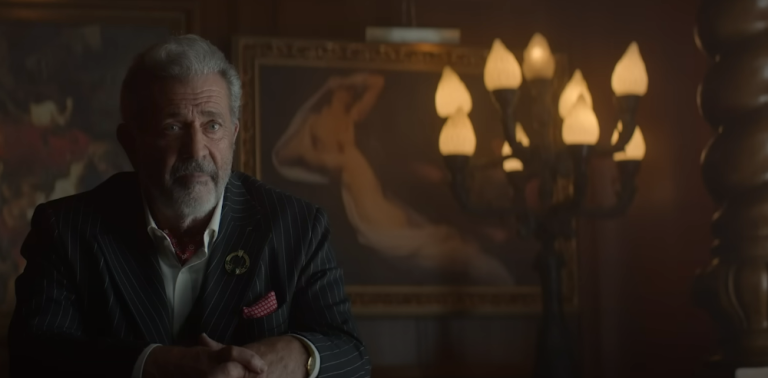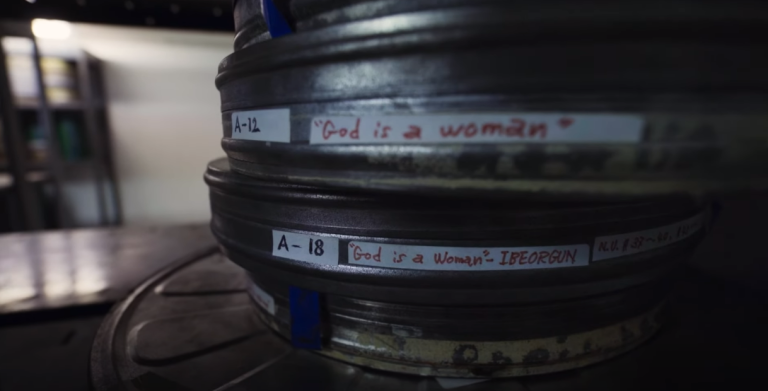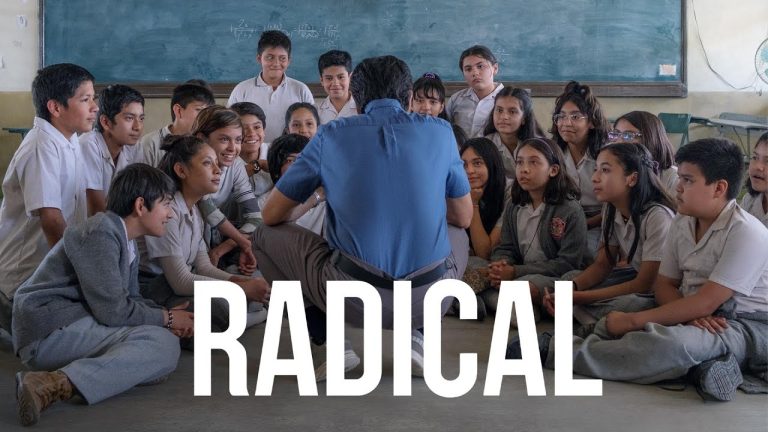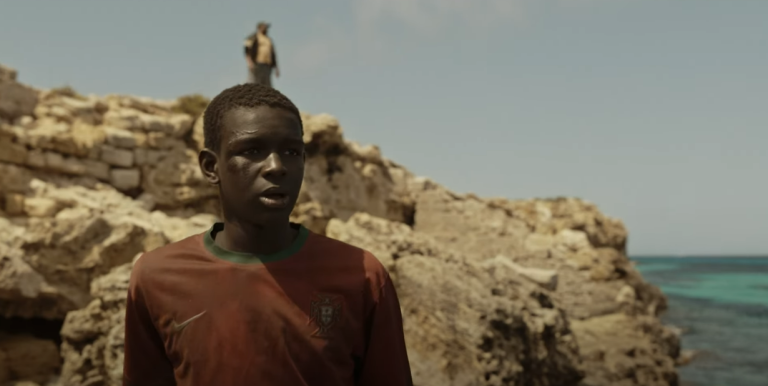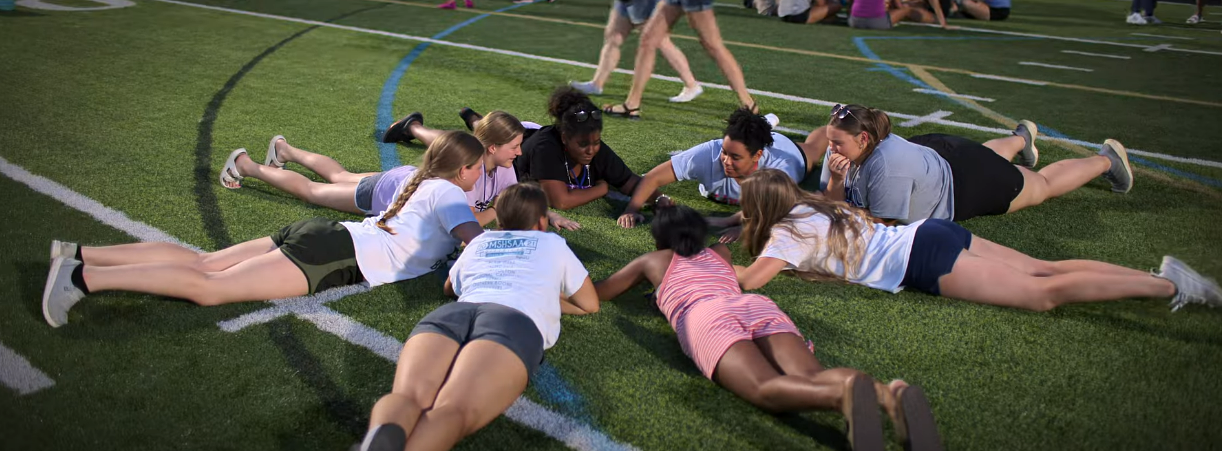
In the documentary “Girls State,” a compelling divergence emerges between the experiences of young women participating in the Girls State program and their male counterparts in Boys State. This discrepancy becomes apparent when the Governor of Missouri chooses to attend the boys’ ceremonial swearing-in event over the girls’, despite both occurring simultaneously and in the same location. This decision underscores broader disparities between the two programs, despite sharing similar objectives of fostering civic engagement among high school students.
Boys State, founded by the American Legion in the 1930s, and Girls State, initiated by the American Legion Auxiliary in the 1940s, convene students from across their respective states for a week-long immersion in governance. During this time, participants collaborate to establish a government structure, including appointing a Supreme Court and electing a governor. The documentary adeptly captures the dedication, purposefulness, and genuine public-spiritedness exhibited by these young women. However, it also unveils moments of endearing naivety, such as one participant’s ambitious aspirations to become President of the United States, a broadcast journalist, and a rock star.
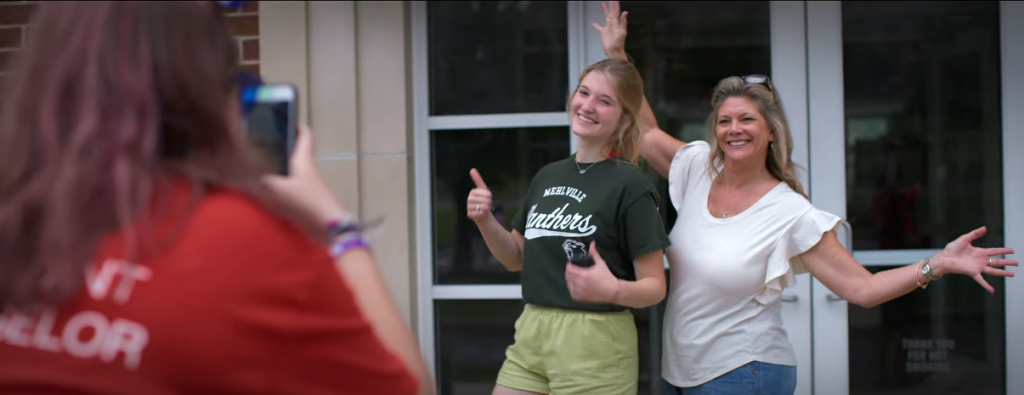
Moreover, “Girls State” delves into the intricate realm of political strategy as these young women navigate the complexities of the political landscape. They acknowledge the significance of competence, reliability, and clear policy stances in securing votes, while also recognizing the potency of impassioned rhetoric that taps into voters’ emotions and sense of entitlement. This keen observation reflects a sobering realization among participants that contemporary politics often prioritize charisma and persuasion over substantive issues.
Essentially, “Girls State” serves not only as a celebration of the remarkable qualities of its young female participants but also as a poignant reflection on the evolving dynamics of American democracy. Through their experiences, these young women confront the complexities of political engagement and gain invaluable insights into power dynamics, influence, and representation within society.
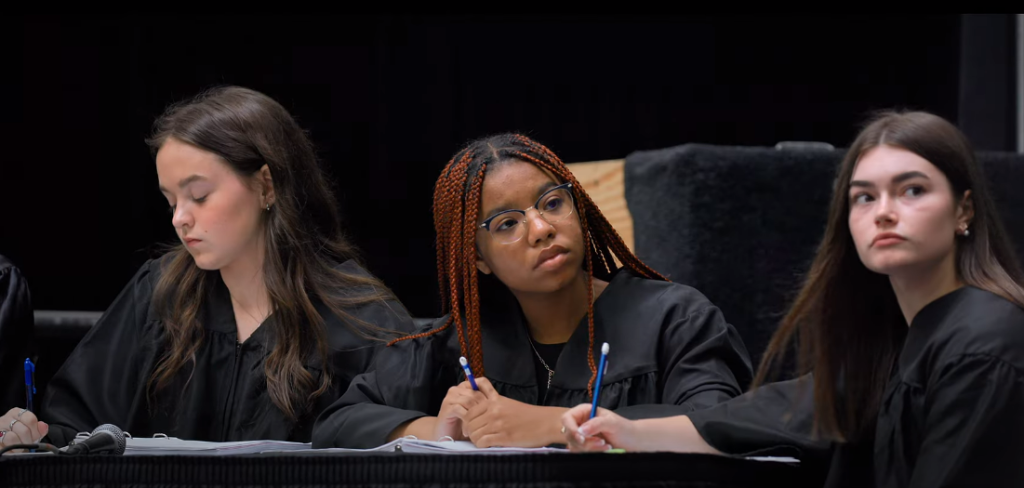
In the spring of 2022, amidst the backdrop of a leaked draft decision from the Supreme Court hinting at the potential overturn of abortion rights, Girls State becomes a crucible of intense debate. Teenage girls converge to engage fervently in discussions surrounding some of the most contentious issues in policy and politics. Of particular note is the nuanced examination of Missouri’s law mandating counseling before an abortion, which serves as the focal point of Girls State’s sole Supreme Court case. This legal challenge is met with sophisticated and thoughtful arguments from two young women, meticulously deliberated upon by a panel of seven robed “justices.” Notably, Tochi Ihekona, a vibrant participant from an immigrant Nigerian family, adeptly defends the law despite her personal reservations.
The documentary commences with a montage of historic photographs featuring significant political gatherings, each showcasing a solitary woman. These images, which include Justice Sandra Day O’Connor among her colleagues and Secretary of State Condoleezza Rice in the Oval Office, serve as poignant reminders of women’s historical presence and influence in politics. The narrative then shifts to the present, with the first speech from the Girls State podium setting the tone for contemporary discourse. A young woman channels the spirit of Glynis Johns in “Mary Poppins,” invoking her character’s call for women’s suffrage with a “soft, fluttery voice” paradoxically emanating strength. This speaker emphasizes the potency of femininity while cautioning against the temptation to adopt overly aggressive advocacy tactics.

The juxtaposition of historical imagery with present-day debates underscores the enduring struggle for gender equality and representation in politics. The girls at Girls State navigate this terrain with poise and conviction, grappling with weighty issues while embracing the multifaceted dimensions of feminine power. Tochi Ihekona’s willingness to advocate for a position contrary to her personal beliefs serves as a testament to the complexity of the political process and individuals’ capacity for principled discourse.
Furthermore, the documentary captures a palpable sense of solidarity among the large group of Girls State participants. Despite their competitive spirit, they navigate the exploration of their beliefs with a shared camaraderie. They demonstrate a willingness to respectfully listen to each other, engaging in acts of care and solidarity, such as brushing and braiding one another’s hair during discussions. Amidst the competitive atmosphere, there is a collective aspiration for a harmonious consensus, symbolized by the expression, “My dream scenario is kumbaya.” This stands in stark contrast to the boys’ program, where political fervor often eclipses considerations of governance.
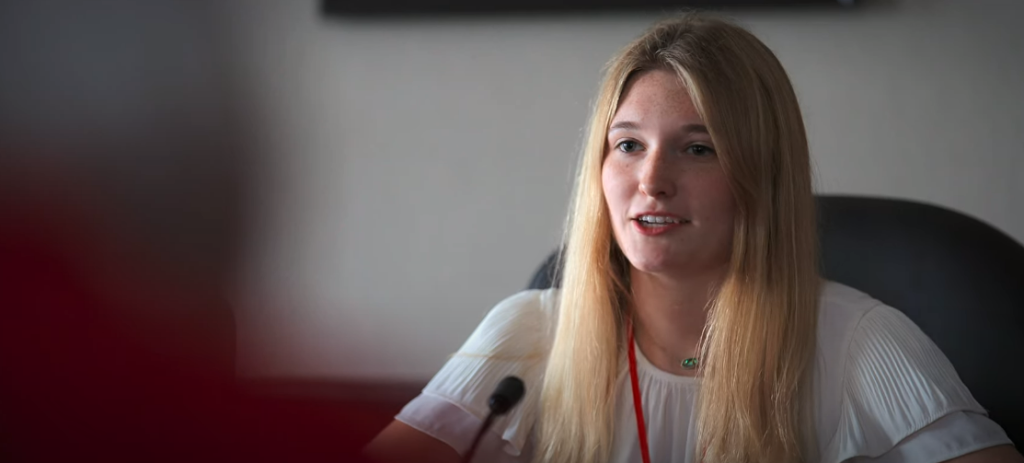
The girls at Girls State exhibit a keen sensitivity to issues of fairness, particularly as they confront disparities between the treatment of male and female participants. The documentary sheds light on the outdated dress code imposed on girls, juxtaposed with the boys’ freedom to go shirtless, highlighting the inequities they face. Moreover, the disappointment of being overlooked by the governor serves as a catalyst for one participant’s transformation into an investigative journalist. Undeterred by assertions that comparing the two programs is futile, she delves deep into uncovering truths that challenge this notion, revealing startling revelations that underscore the necessity of such comparisons.
What emerges from this dynamic is a testament to the participants’ integrity, passion, and conviction in their ability to effect positive change. Their unwavering commitment to seeking improvement and addressing injustices is genuinely inspiring. In their earnest pursuit of a more equitable and just society, they earn admiration and support, making it clear that they have the potential to lead and make meaningful contributions to their communities and beyond. Their determination and vision for a better future undoubtedly earn them the collective endorsement of those who witness their journey.
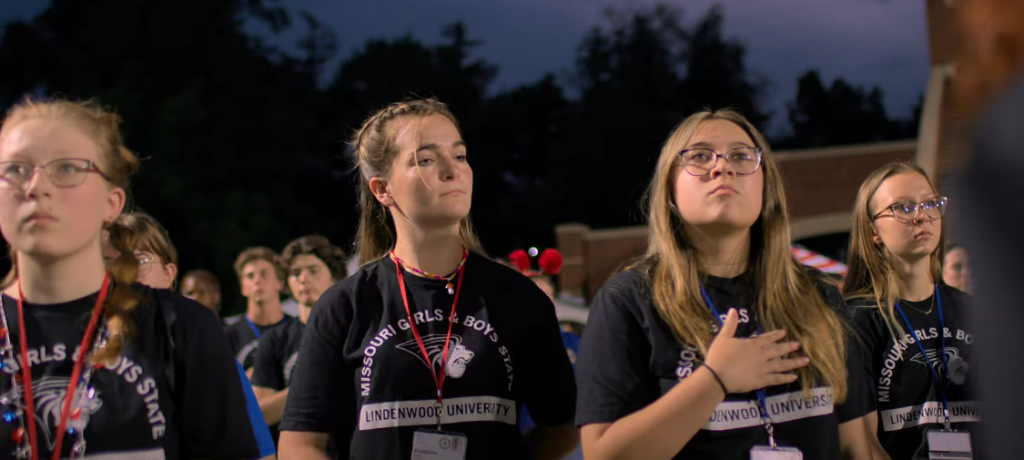
| Aspect | Girls State Documentary |
|---|---|
| Program Description | Depicts the experiences of young women in the Girls State program |
| Key Contrast | Highlighted by the Governor’s prioritization of Boys State event over Girls State event |
| Program Origins | Girls State initiated by American Legion Auxiliary in 1940s |
| Key Themes | Civic engagement, political strategy, gender equality |
| Notable Moment | Nuanced exploration of Missouri’s abortion counseling law |
| Character Highlight | Tochi Ihekona, defending a law despite personal reservations |
| Historical Context | Montage of significant political gatherings featuring solitary women |
| Contemporary Discourse | Invocation of Glynis Johns in “Mary Poppins” speech |
| Sense of Solidarity | Palpable among participants, despite competitive nature |
| Sensitivity to Fairness | Acknowledgement of disparities, such as outdated dress code |
| Catalyst for Change | Disappointment leads to investigative journalism pursuit |
| Overall Impression | Impressive integrity, passion, and conviction of participants |

